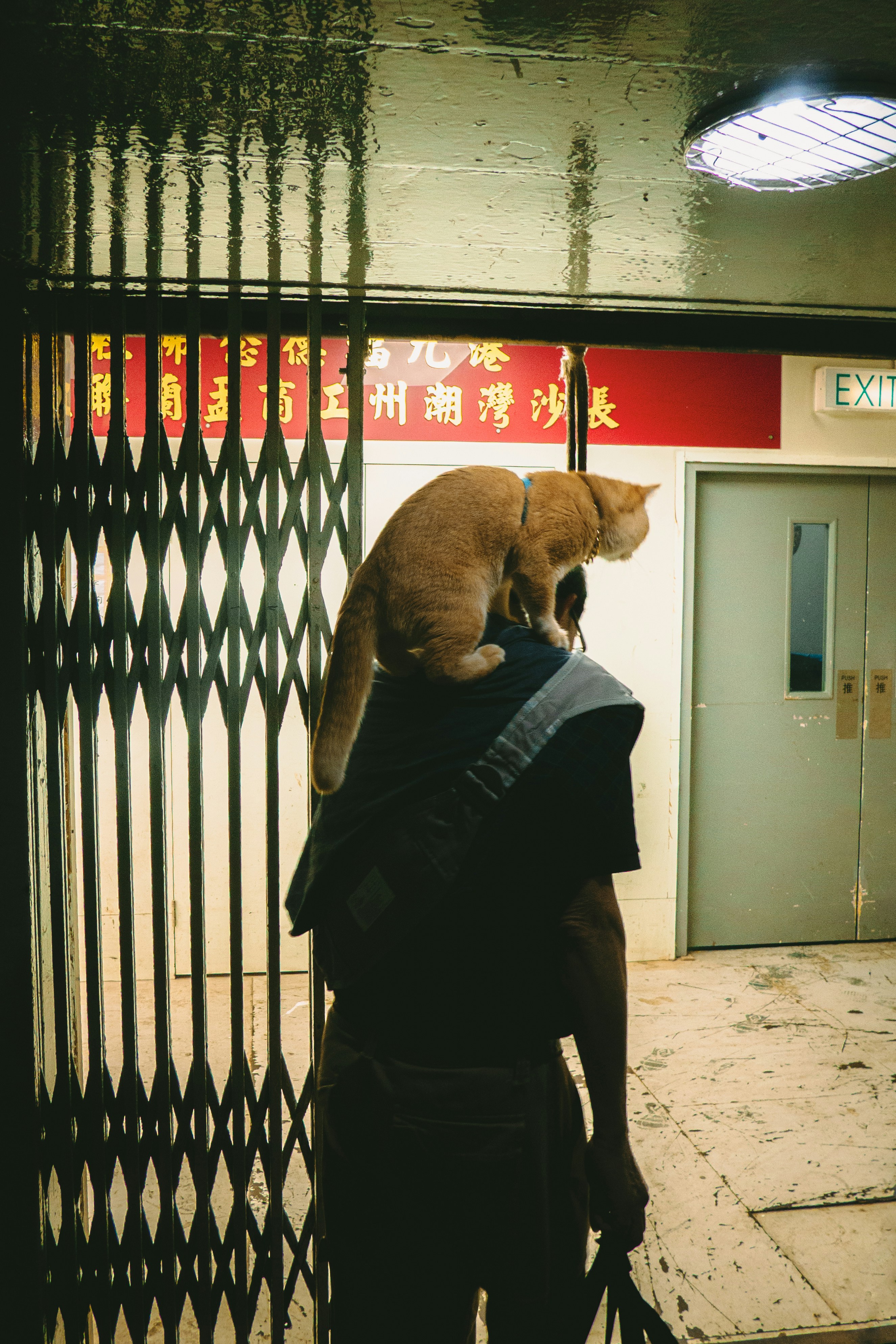Pets are treasured family members, and just as we prepare our families for emergencies, we must also remember to take precautions for our furry, feathered, or scaly friends. It’s crucial to have a well-prepared pet emergency kit ready in case of disasters like wildfires, hurricanes, floods, or even unexpected evacuations. This kit should be easily accessible and regularly updated, ensuring your pet’s safety and comfort during stressful times. Here’s what you need to include in your pet emergency kit:
Identification and Documentation:
- Pet Identification Tags: Make sure your pet’s collar has up-to-date identification tags with your name, address, and contact information.
- Microchip Information: Keep a record of your pet’s microchip number and the contact information for the microchip registration company.
- Medical Records: Obtain a copy of your pet’s vaccination records and any important medical history. Store these documents in a waterproof container or bag.
- Photos: Have recent photos of your pet to help with identification in case you become separated. Include a photo of you with your pet to prove ownership.
Food and Water:
- 5. Pet Food: Store at least a week’s supply of your pet’s regular food in an airtight, waterproof container. Rotate the food every few months to maintain freshness.
- 6. Water: Keep a supply of bottled water solely for your pet’s consumption, enough for at least one week.
- 7. Bowls: Pack collapsible bowls or lightweight dishes for serving food and water.
Medications and Health Supplies:
- 8. Medications: Pack any prescription medications your pet requires, clearly labeled with dosage instructions.
- 9. First Aid Kit: Create a pet-specific first aid kit including items such as gauze, tape, tweezers, scissors, antiseptic wipes, and a pet-safe antiseptic cream.
- 10. Flea and Tick Prevention: Keep an additional supply of your pet’s flea and tick prevention medication.
Sanitation:
- 11. Waste Bags: Include a supply of bags for cleaning up after your pet.
- 12. Litter and Litter Box: For cats, include a portable litter box and enough litter for at least a week.
- 13. Paper Towels: Useful for cleaning up messes.
- 14. Disinfectant: Have a bottle of pet-safe disinfectant for sanitation purposes.
Comfort and Safety Items:
- 15. Leash and Harness: Even if your pet doesn’t normally require them, a sturdy leash and harness are essential during an emergency.
- 16. Carrier or Crate: A secure and comfortable carrier is important for transportation and can also provide a safe place for your pet to rest.
- 17. Blankets or Bedding: Pack familiar blankets or bedding to help reduce stress for your pet.
- 18. Toys and Treats: Include your pet’s favorite toys and treats to keep them occupied and help alleviate anxiety.
Preparation and Familiarization:
- Familiarize your pet with the carrier and emergency equipment well in advance. This can make the process less stressful when an emergency occurs.
- Review your emergency plan and practice evacuating with your pet.
- Make a list of pet-friendly accommodations, including hotels and shelters, in case you need to evacuate your home.
Remember to Take Into Account Specific Needs:
- Each pet is unique, so consider any specific needs they might have based on species, breed, age, or health conditions.
- If you have small mammals, reptiles, or birds, consider the additional items you may need, such as heating pads or extra bedding.
By having a pet emergency kit prepared, you can ensure that you are ready to care for all members of your family, including the four-legged ones, during an emergency. Regularly check and maintain the kit, replacing expired items and adjusting contents as your pet’s needs change over time. With these measures in place, you can have peace of mind knowing that you are well-prepared to protect your pets in any situation.






